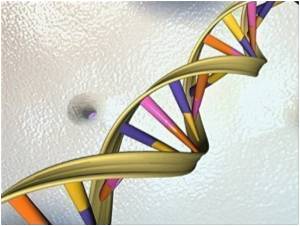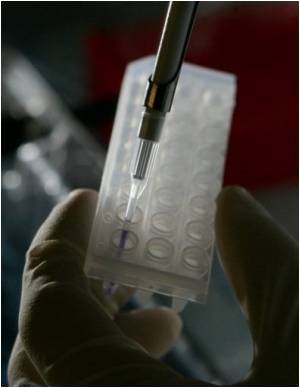
By breaking up genes, L1s can be responsible for some rare instances of genetic disease.
The researchers developed an innovative technique to find L1s, using short sequences of DNA called fosmids.
These are free-floating loops of DNA, which can be easily transported into bacterial cells, and can carry pieces of human DNA.
Each fosmid can hold only a specific amount of DNA, approximately 40,000 bases.
Thus, by comparing the two ends of a piece of human DNA held in a fosmid, against their known positions in the human genome sequence, the scientists could quickly and easily spot differences in size.
Advertisement
After identifying the insertions, the researchers wanted to see if they could 'jump' in cultured human cells and how common they are.
Advertisement
"This tells us that active human retrotransposons are much more common than we expected. Individual active L1 retrotransposons are quite rare - but there are a lot of them," he added.
The study is published in the latest issue of Cell.
Source-ANI









